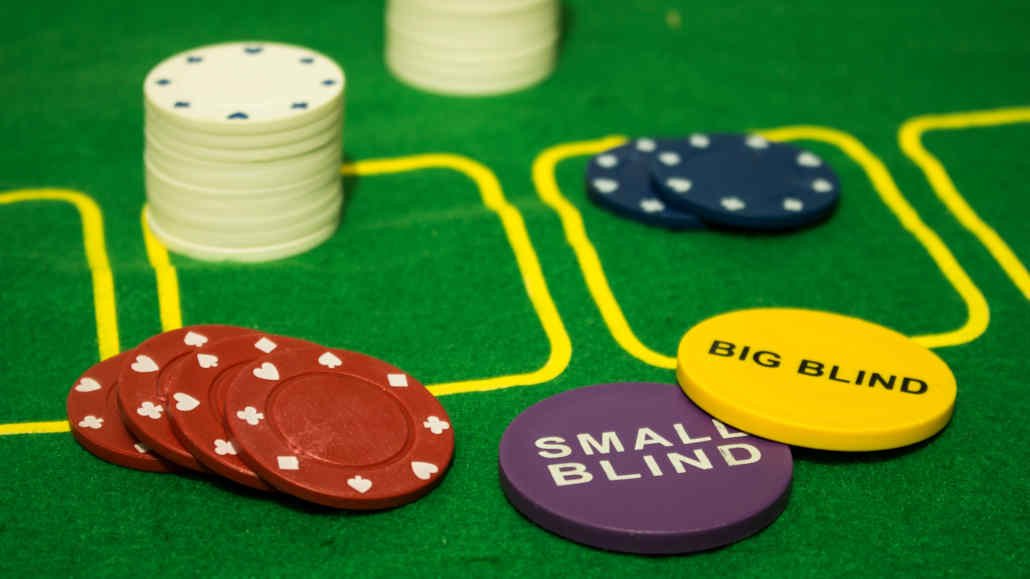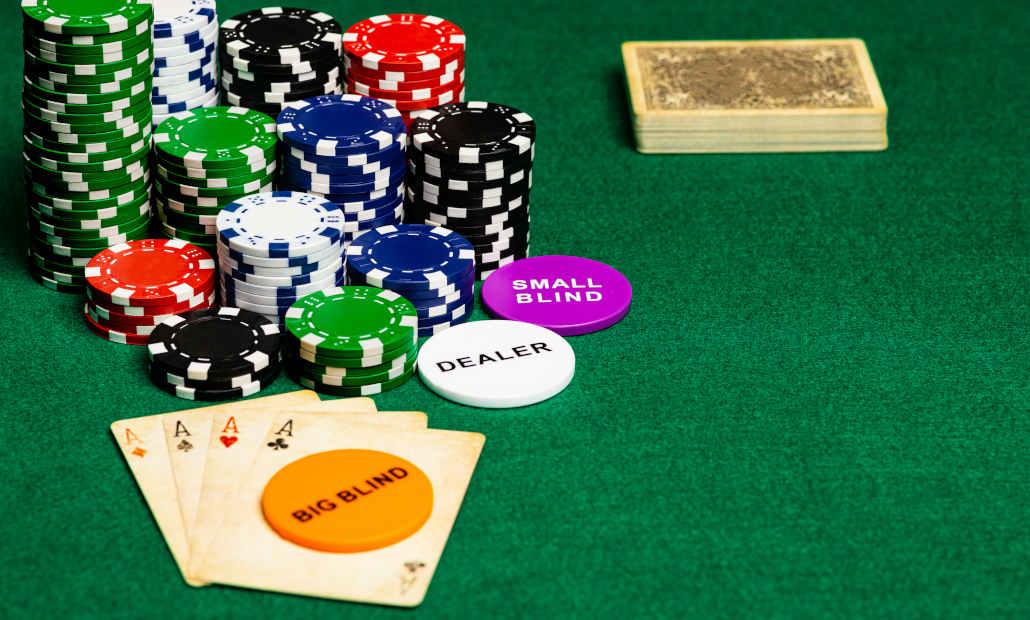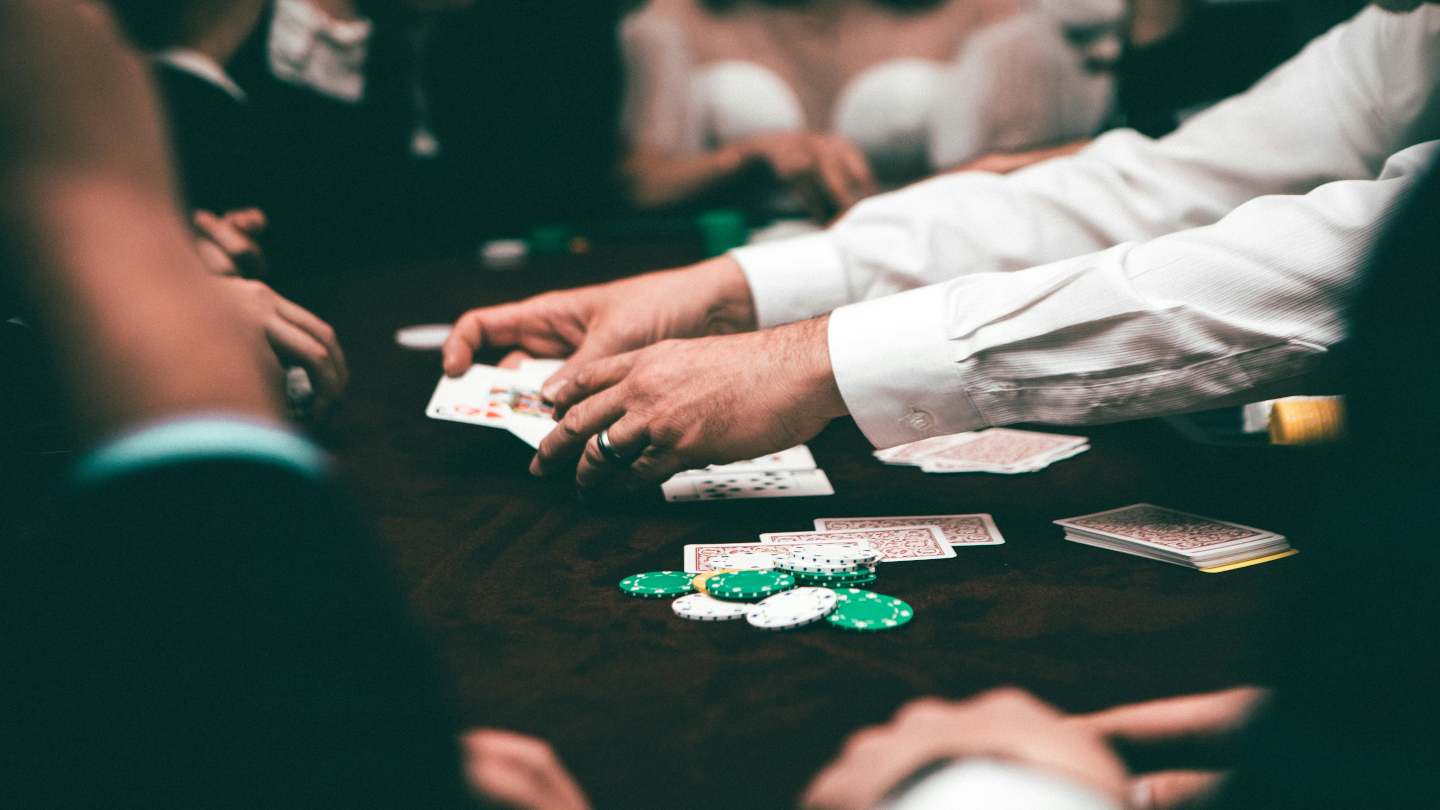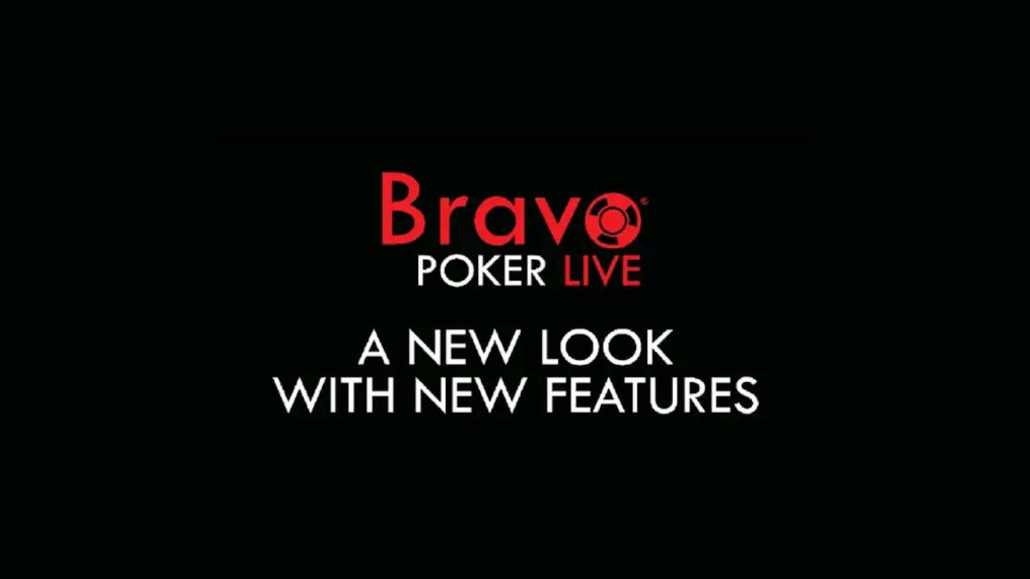Big Blind Small Blind Strategy – How to Play in the Blinds

10 minutes
The small blind and big blind are the two trickiest positions to play in poker. These positions put you in an unfavorable spot after the flop but force you to invest money before you look at your cards.
For that reason, playing in the blinds can be extremely difficult and is often the biggest leak for both novice and more experienced players.
This is why I decided to dedicate a whole article to the topic of playing in the blinds, as well as how to play small blind vs big blind and the other way around.
The one thing you should remember is that it is virtually impossible to win money from the blinds in the long run.
All you will be doing is trying to lose less and save money.
Don’t worry, though, as this is what everyone else is doing as well, and it is the only thing you can really hope for.
If you apply the concepts I will talk about here in your game, you should be losing less the next time you are playing in the small blind and the big blind, and your overall winnings should improve. Let’s get started!
General Approach to Playing the Blinds
I already mentioned that playing in the blinds means you will be out of position against all other players for the remainder of the hand, which is a massive disadvantage.
That means you should be very careful in how you approach playing in these poker positions, and your general strategy should be to play quite tight.
Yet, the fact you already have money in the pot can be a reason to play some hands, especially in the big blind and especially in modern poker, where most players tend to make very small raises.
Widening your range in the small blind is certainly an option in small blind vs big blind scenarios when only one player is left to get through.
However, in most hands, you should be looking to play quite tight and not get too much money in before the flop unless you are holding a premium hand.
Playing the Small Blind vs Big Blind
The small blind is literally the worst position to be in. You are putting up half of the big blind before you get any cards, and you will be out of position against everyone at the table for the rest of the hand.
To make things worse, you aren’t even closing the action before the flop.
There is really no way to be profitable from the small blind, but one of the ways you can reduce your losses is by stealing the big blind whenever possible.
In 6-max games especially, there will be quite a few hands that will come down to the two players in the blinds, with everyone else just folding their cards.

In such scenarios, you should look to attack the big blind often, especially if the player in the big blind is not particularly aggressive
Many times, you will be able to simply take down the pot, while in other situations, the player will call and often fold to your c-bet.
Against more aggressive players who often 3-bet your steal attempts, you should tighten up your range and definitely add some 4-bet bluffs to your small blind vs big blind range.
However, you should always be looking to play at least 30% of all poker hands in these scenarios and well over 50% of hands if the big blind is not particularly aggressive.
Defending the Big Blind vs Small Blind
I just talked about the necessity to steal the big blind from the small blind often, and this means you will need to defend your big blind against the player to your right as well.
If they are a competent player, they too will be looking for opportunities to steal your big blind whenever the table folds to them.
In these scenarios, you should be looking for ways to defend against their steals, whether it is by calling or 3-betting.
Since you will always have position against the small blind, you should be quite liberal with your 3-bet bluffs while mixing in some calls with good speculative hands and some premiums.
Of course, you should be looking to 3-bet most of your big value hands, including hands like KQ, KJs, AT, and more, all of which are well ahead of the small blind’s stealing range.
If you notice the player in the small blind is particularly active when it’s folded to them, you can start 3-bet bluffing them with a bunch of hands and applying pressure on later streets when they do choose to defend.
Since you will always be in position after the flop, there is no reason not to be aggressive and make the player pay for the mistake of trying to steal your money.
Playing the Small Blind Against Raises
In most situations in poker, someone is going to raise the pot before the action is on either of the two players in the blinds.
When this is the case, you will have decisions to make in the small blind and the big blind, and the SB will be particularly difficult to play.
Like I said earlier, you will be at an added disadvantage because there is another player to act after you and because your odds to call against raises will be even worse than the big blind’s.
For this reason, you should be looking to play only premium hands and mainly 3-bet them, especially against early position openers.

Unless the guy opening from an early position is extremely aggressive, you should not be looking to apply too much aggression to him from the SB.
In most cases, he will simply have a hand.
On the other hand, late position openers will often be looking to steal the blinds, which is why you can start introducing a whole bunch of bluffs into your small blind 3-betting range against them.
In some nittier games, 3-bet bluffing from the small blind can be an extremely good way of defending the blinds, as the big blind will not be inclined to continue, and the original opener will also often fold.
On the other hand, if the game is somewhat splashy, you should definitely not be looking to get involved too often with hands that aren’t premiums.
At the very least, you should be bluffing with hands that have good playability.
How often you 3-bet bluff out of the small blind will come down to your feel for the game and just how loose and aggressive your opponents actually are.
I don’t recommend flat calling too much in the small blind unless the pot is already going multi-way, as 3-betting allows you to win the pot right there and get the hand over with.
What’s even more, a 3-bet bluff will give you control of the hand, allow you to take it down with a c-bet, and generally make your decision-making a lot easier.
In poker tournaments, you may be forced to call some more in the small blind as your stack gets shallower, but a 3-bet shove from the small blind will often get rid of the opener and boost your tournament chip stack as well.
Playing the Big Blind Against Raises
Perhaps the most common scenario in poker these days is that one player opens the pot with a raise and everyone folds over to the big blind.
When you are in the big blind and facing a single raise, you should take a look around the table and figure out where the raise is coming from and what it could mean.
Early position players are more likely to have strong hands, while late position raisers are more likely to be stealing the blinds.
When you are thinking about the best way to defend your big blind, you should also keep the player’s profile in mind and figure out if this is an aggressive or passive player in general.
In either case, if the raise is in a reasonable raise size (2x – 2.5x), you will need to defend your big blind with at least a call quite a bit.
The odds you are getting on a call are simply too high to flat-out fold suited or connected hands, and hands containing an ace or a king can also look very tempting.
There is much less incentive to 3-bet bluff from the big blind, as the odds you are getting to make a call are much more attractive.
Instead of 3-bet bluffing a lot, you should look to defend a lot with calls and then make plays after the flop, whether it’s leading out, check-raising the flop, or making a simple check-call.
Yet, this does not mean that you need to call a raise every time you are in the big blind, and you should still be willing to part with quite a few hands in this scenario.
When facing two raises in front of you, I recommend only continuing with absolute premiums for a re-raise and mixing in an occasional call with a hand like AQs or JJ.
Beginners often make the mistake of calling a hand like 66 when facing a raise and a re-raise in the big blind. This is a massive leak you should eliminate from your game.
Try to play tight and aggressive when you are facing two raises in the big blind, and don’t give your opponents too much of an opportunity to push you out of the pot.
Playing the Blinds in Limped Pots
Finally, you will also find yourself in the blinds facing one or multiple limpers in front of you. These are scenarios where you can use aggression to pick up some chips.
Typically speaking, limpers are not very strong, as most players like limping hands that they deem too weak to raise and too strong to fold.
When facing a single limper, you should be looking to attack quite wide, raising to about 4x – 5x with all strong hands, as well as hands like 87, 98, JT, A9, KT, and more.

All of these hands could very well be stronger than your opponent’s holding, and they will give you enough post-flop playability to make the raise warranted.
When multiple players limp into the pot, you should change up the strategy a little bit.
You can now simply check your bb or limp along in the sb profitably with hands like suited connectors and small pairs, as well as baby-suited aces.
On the other hand, I still recommend making a 5x raise with a hand like KQ, KTs, or AJ, all of which will be stronger than your opponents’ limping ranges.
Good players rarely limp into pots, so you can assume someone is fairly weak the moment they put that chip into the pot to limp in.
Aggression is definitely the way to win in poker, and being aggressive against limpers is another way you can decrease your losses in the blinds.
Final Words on Small Blind Big Blind Play
The small blind and the big blind are definitely the most difficult positions to play in poker, and they are the ones that will force the most mistakes out of you.
Following the broad guidelines I have presented here should help you stop the bleeding from the blinds, but there is still a lot to learn.
One of the biggest things to think about when playing in the blinds is how your opponents are playing and how they will react to you playing back at them.
That’s something you simply have to pick up along the way.
Make sure to pay attention and figure out which players are trying to steal a lot of blinds and which ones are playing tight and by the book.
Once you know who the thieves are at the table, you will be able to play back at them often and with force and make them give up on their stealing attempts, along with a few of the chips they have invested.
Finally, keep in mind that you will still be losing money from the blinds regardless of how you play, so your main goal will be to save some of that blind money and live to fight another day.
- Heartland Poker Tour – Will HPT Ever Come Back - October 20, 2022
- Top 6 Pros of Playing Slots Online - October 13, 2022
- Sammy Farha Net Worth – How Wealthy Is the Poker Icon? - October 13, 2022














